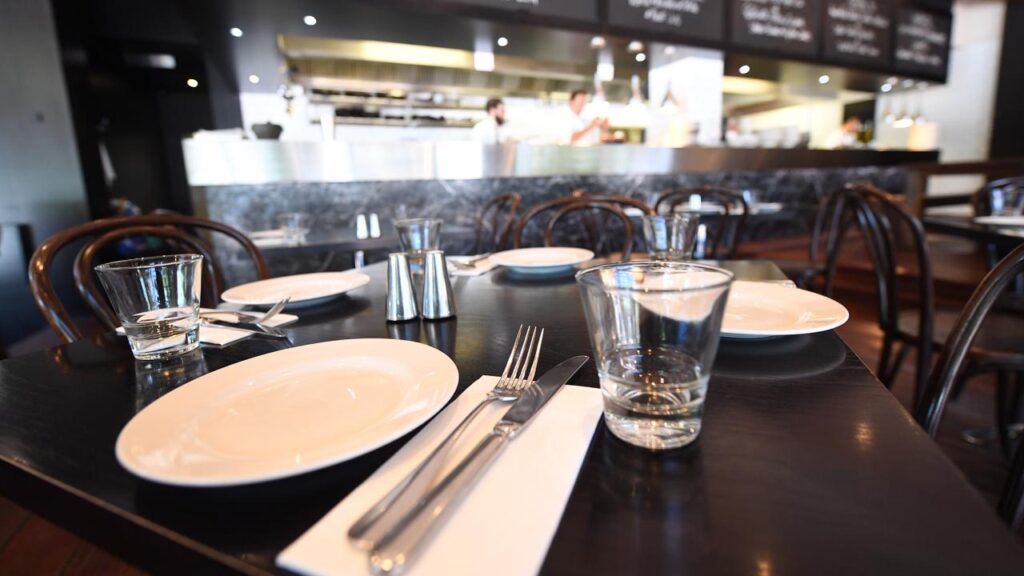Big bite on spending swallows up hospitality businesses
Adrian Black |

Nearly one in 10 hospitality and food services businesses closed in the past year, as cost pressures force Australians to rein in spending.
A record-high 9.4 per cent of food service and hospitality businesses shut their doors in the year to March, as economy-wide insolvencies surged 17 per cent year-on-year, according to CreditorWatch data.
Six of the seven industries with the highest closure rates were dependent on discretionary spending.
Administration businesses and the arts and recreation sector both had closure rates above six per cent, while retail, construction and accommodation all had higher closure rates than the 5.3 per cent industry average.

Closure rates for all six sectors were higher than pre-COVID averages.
“They’re dealing with rising costs, rising rents, labour shortages, cost of labour, and then to add more pain onto that, the consumer is obviously spending a lot less,” CreditorWatch chief executive Patrick Coghlan told AAP.
“We particularly feel for small businesses that typically have smaller cash buffers than larger businesses and are less able to take measures to cut costs such as laying off staff or closing locations.”
The financial services and software company expected insolvency rates to stay high at least until June or July.
“But the prospect of a hung parliament and the ongoing uncertainty from the tariffs could push that out,” Mr Coghlan said.
Business-to-business invoice payment defaults were up 42 per cent on the year before and about 30,000 companies had tax debts of more than $100,000.
Of capital city CBDs, Adelaide had the lowest forecast failure rate at 5.2 per cent, followed by Perth (5.3 per cent), Melbourne (5.8 per cent), Brisbane (5.8 per cent) and Sydney (6.3 per cent).

Western Sydney businesses faced the highest risk of closure, led at a regional level by Bringelly-Green Valley with a forecast average business closure rate of 7.9 per cent during the next year.
Making matters worse, US President Donald Trump’s tariffs were impacting financial markets, sparking volatility in equities and the Australian dollar, CreditorWatch chief economist Ivan Colhoun said.
“(These) are immediately damaging to consumer and business confidence and to the extent these uncertainties cause either consumers or businesses to delay purchases, hiring or investment decisions, the impact is a slowdown in economic activity, which will pressure weaker businesses,” he said.
While insolvency rates were likely to stay elevated for months, some relief was expected in the form of a likely Reserve Bank rate cut at its May meeting and at least another forecast later in 2025.
AAP


